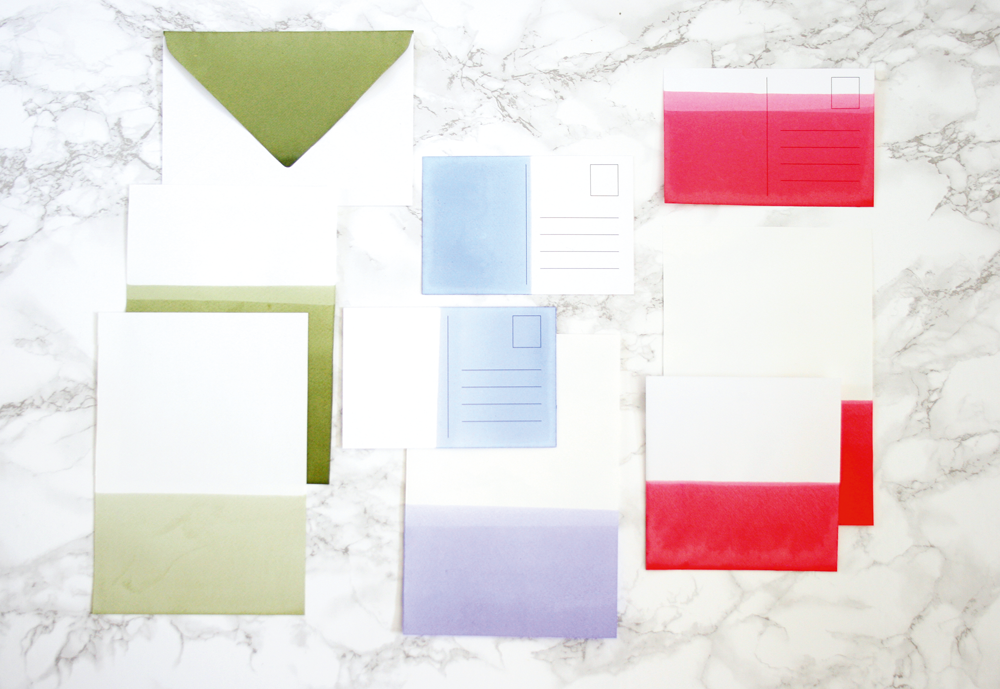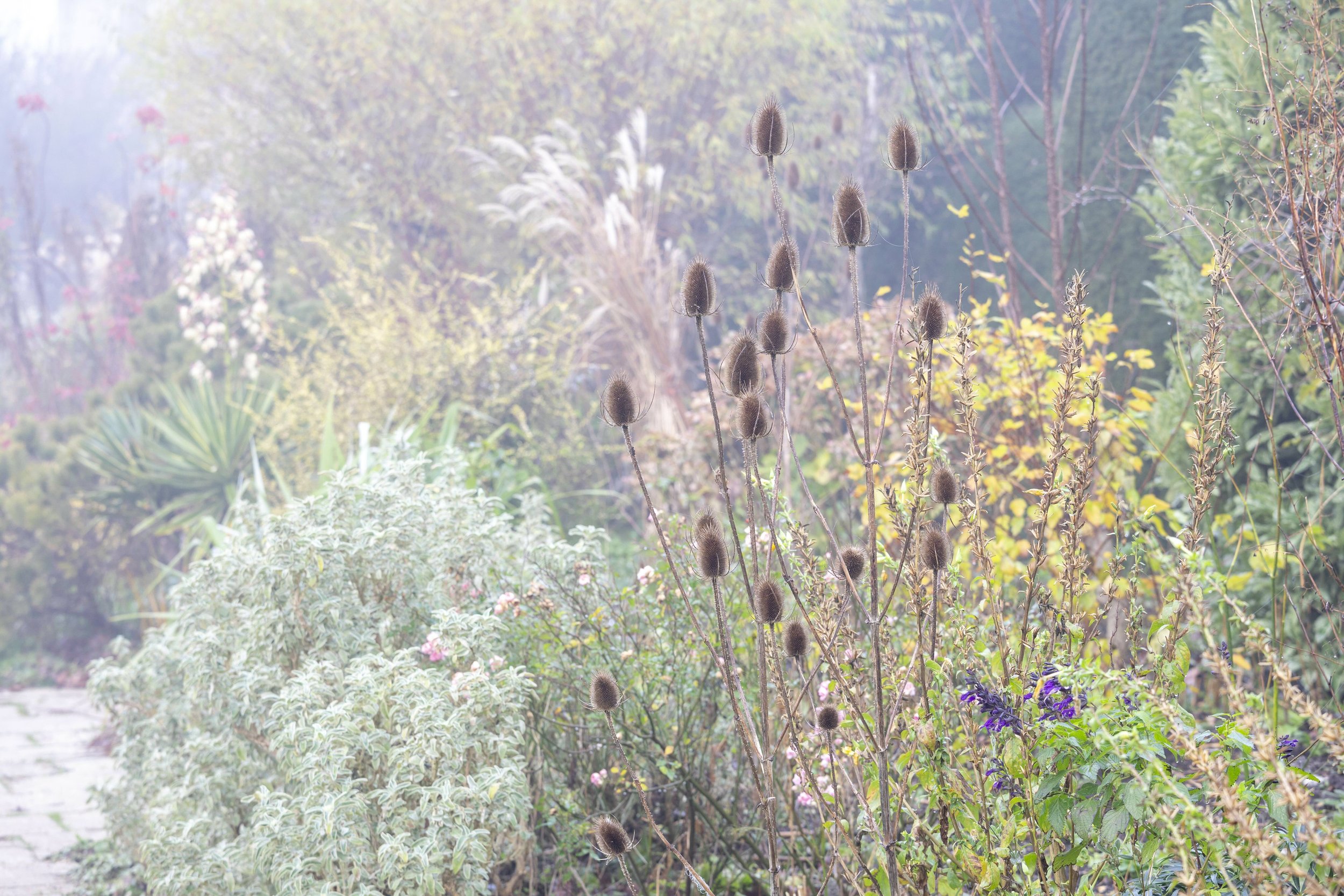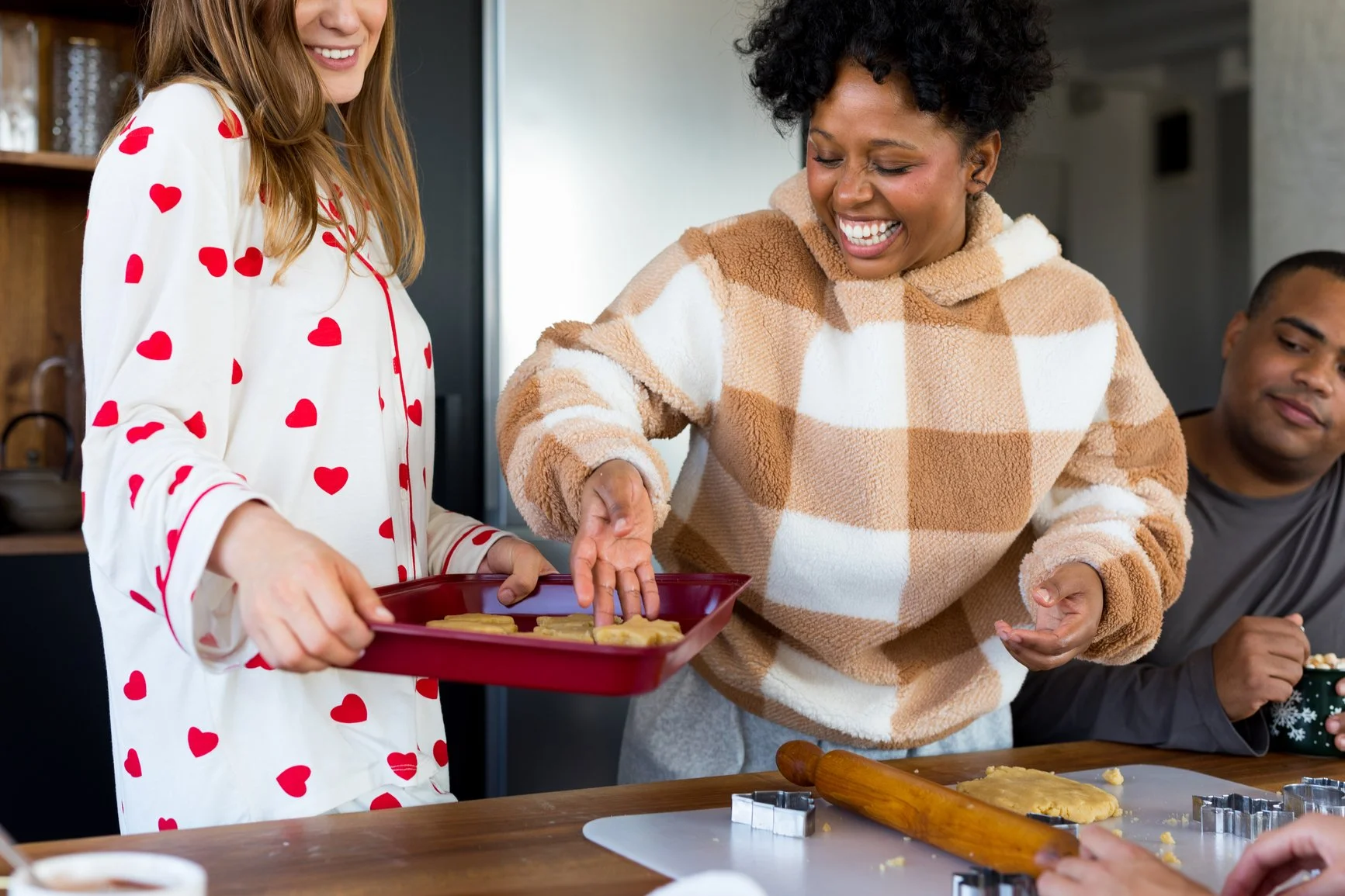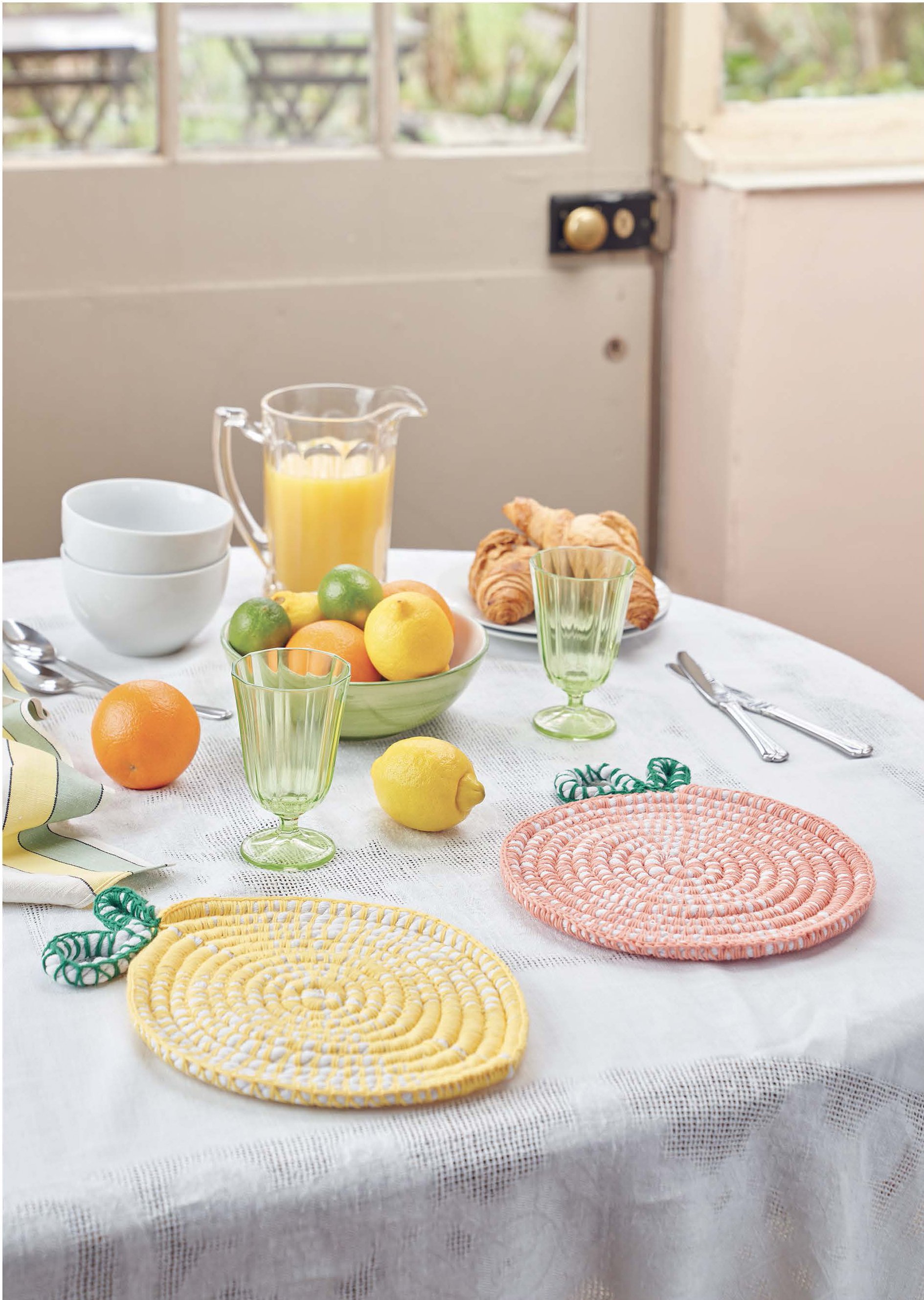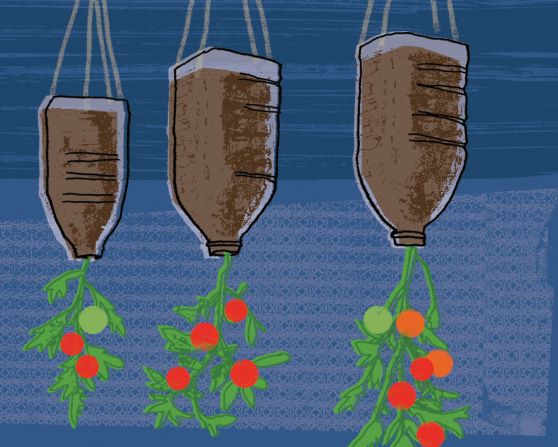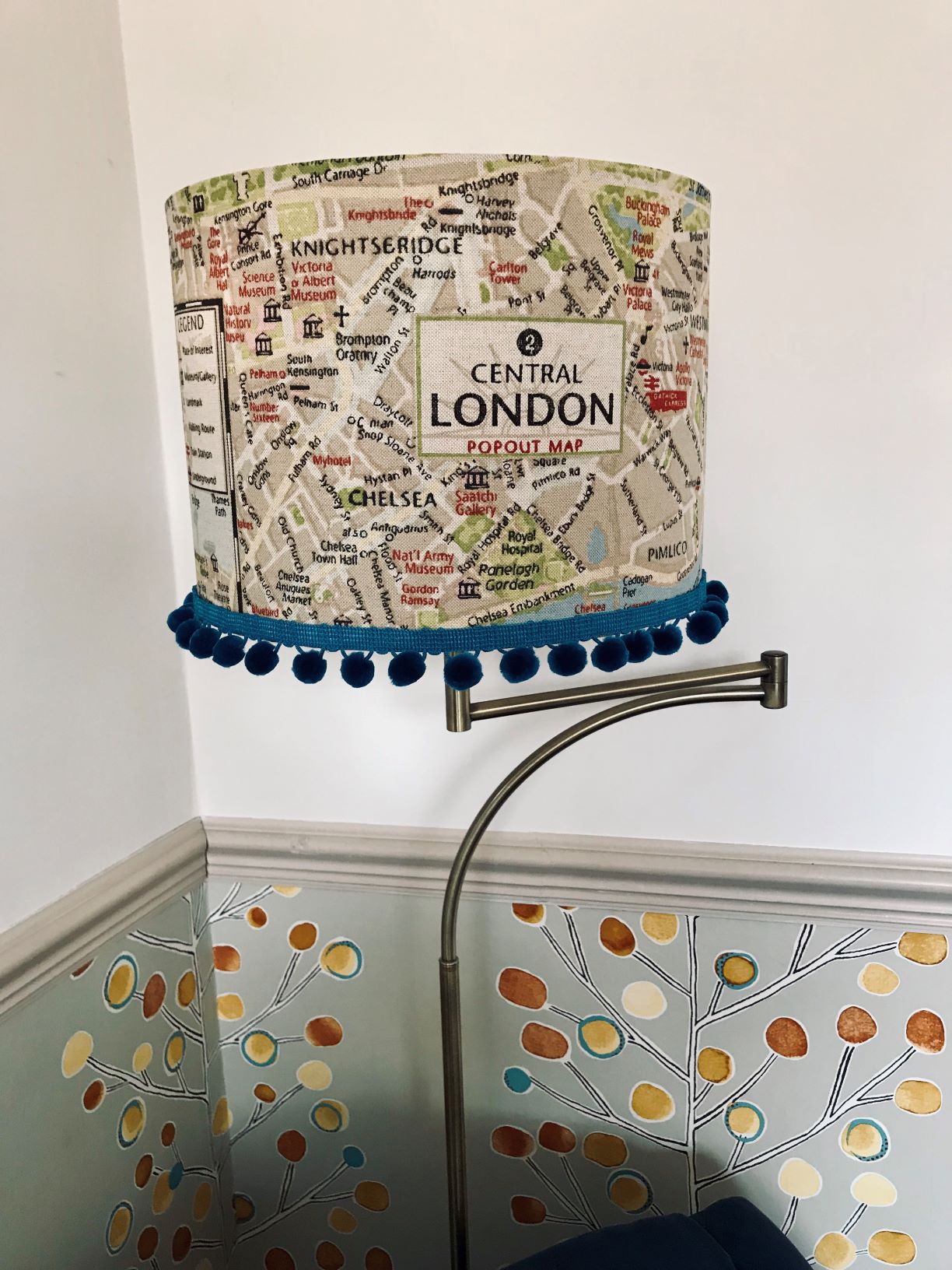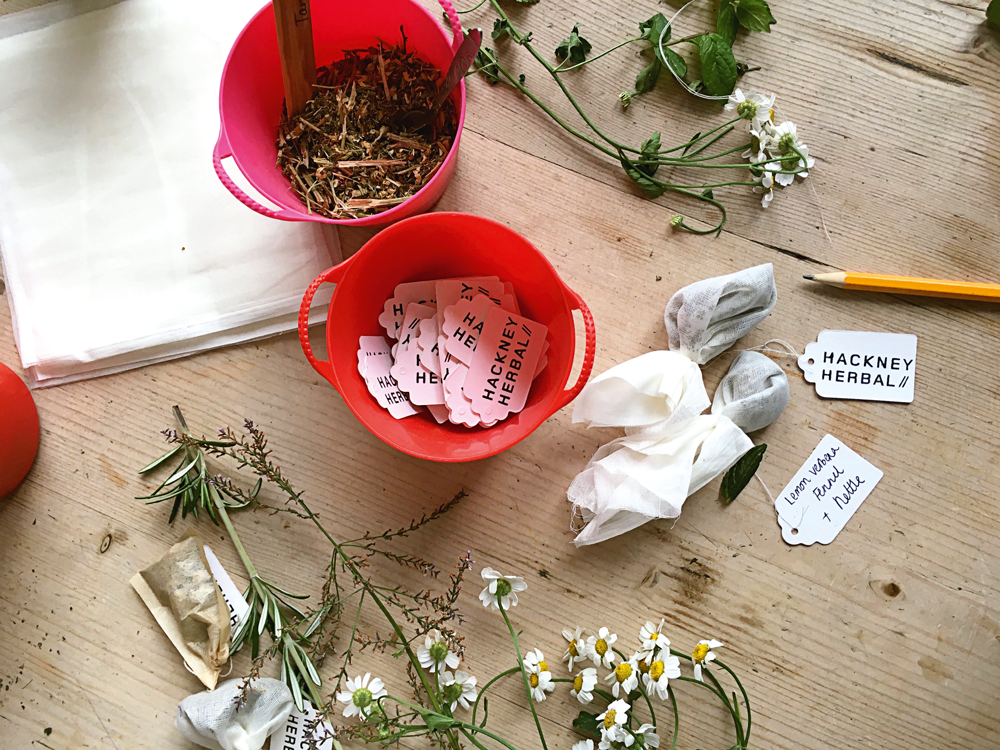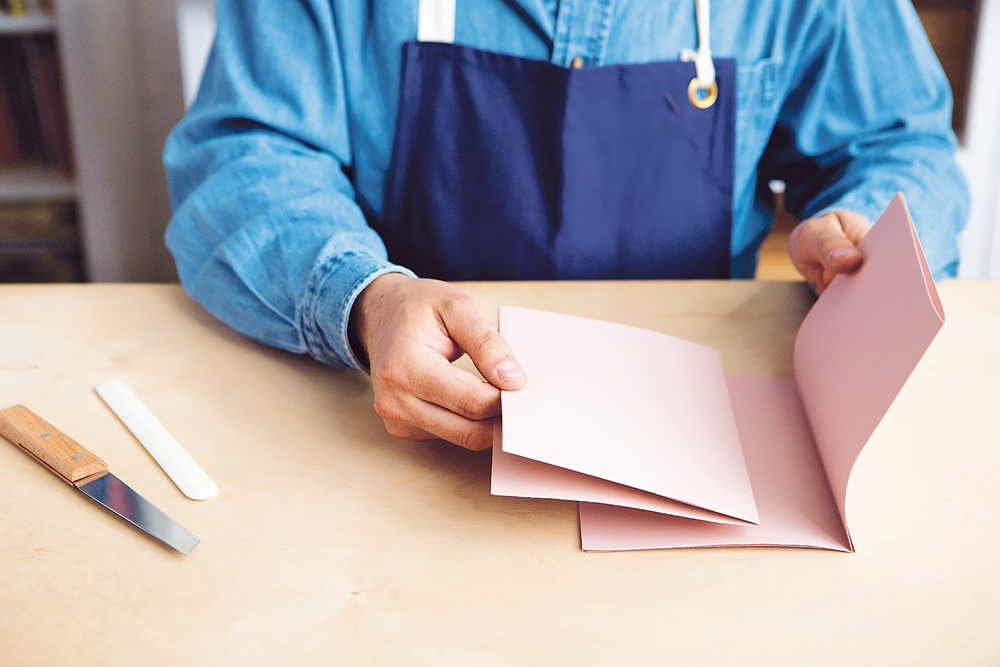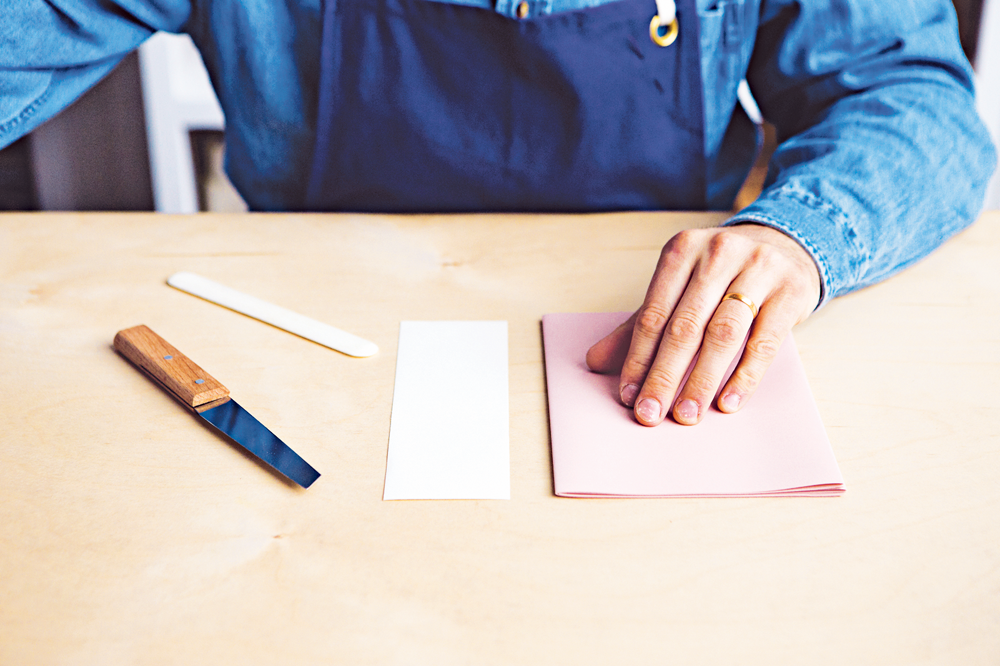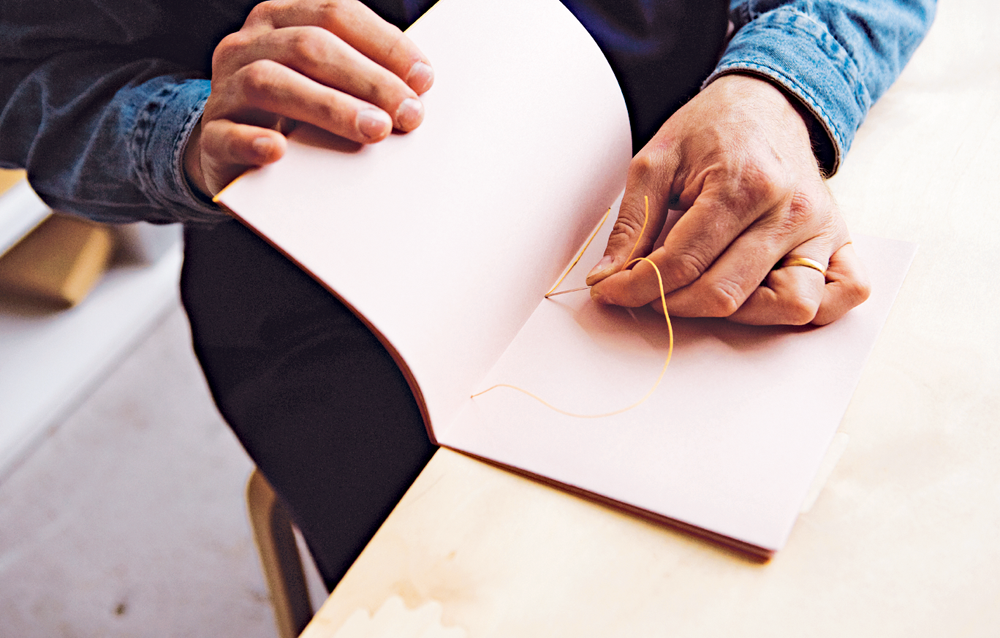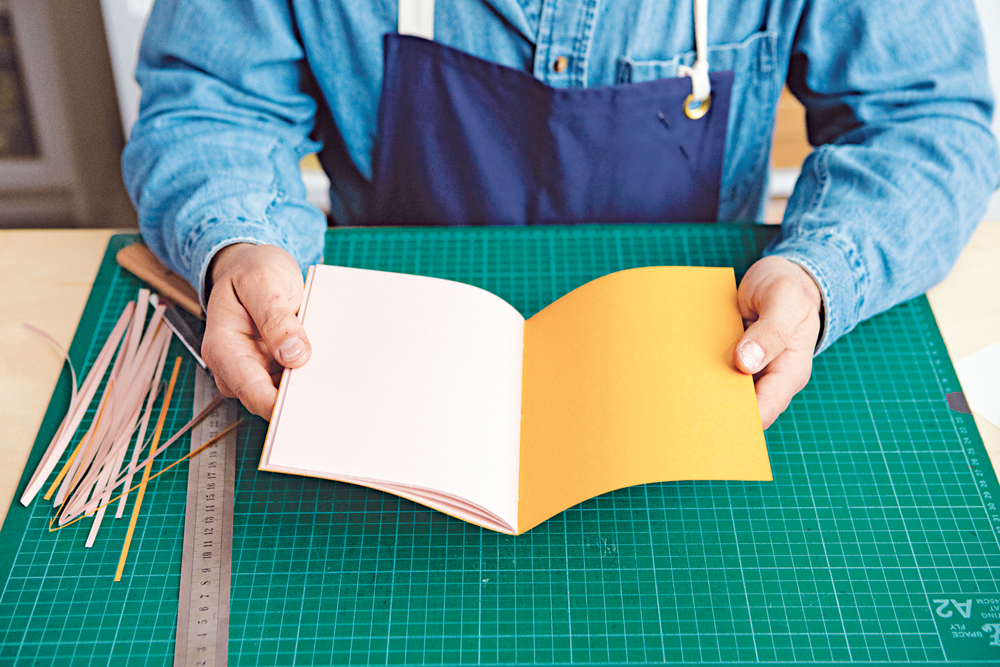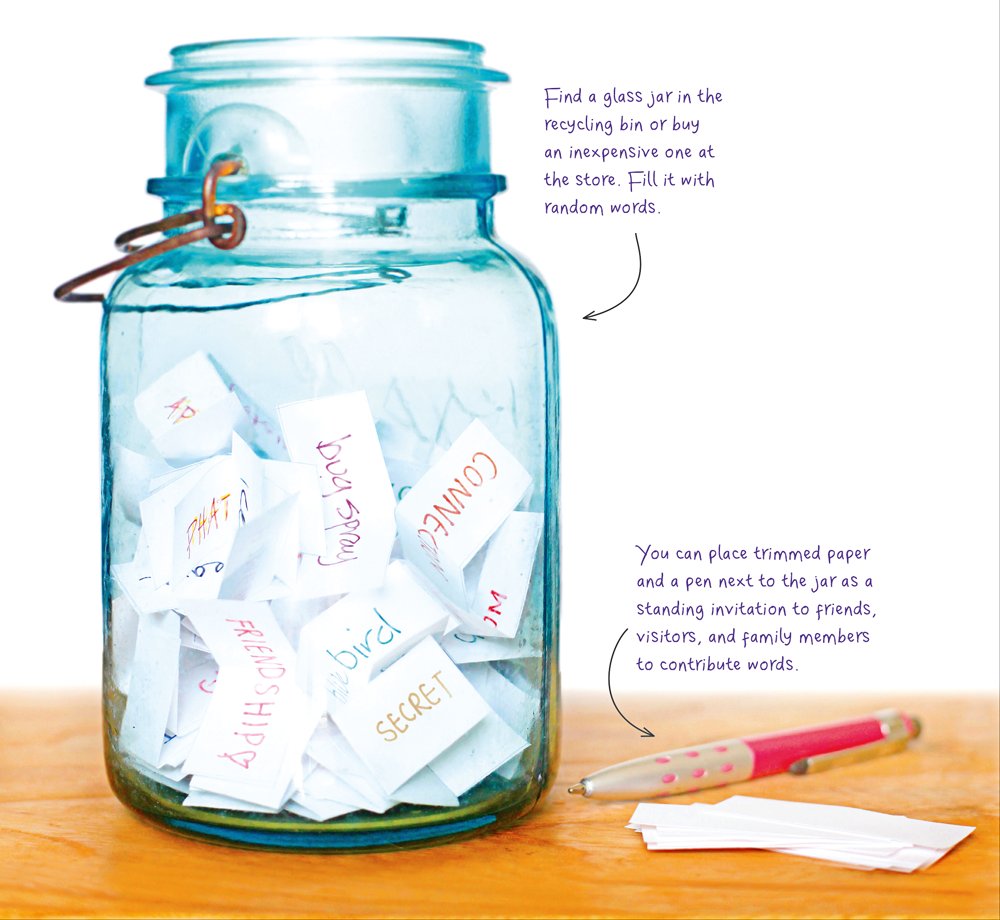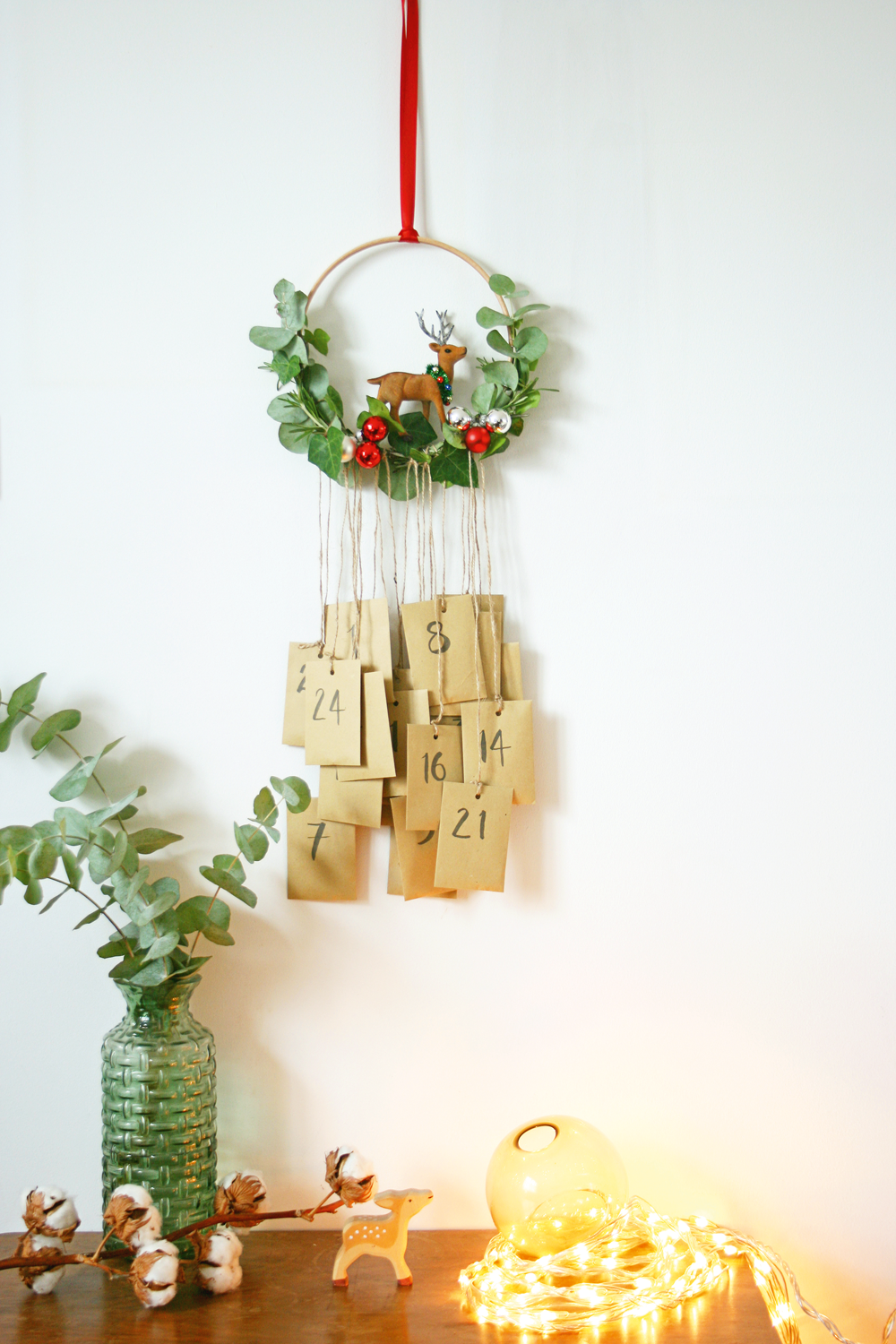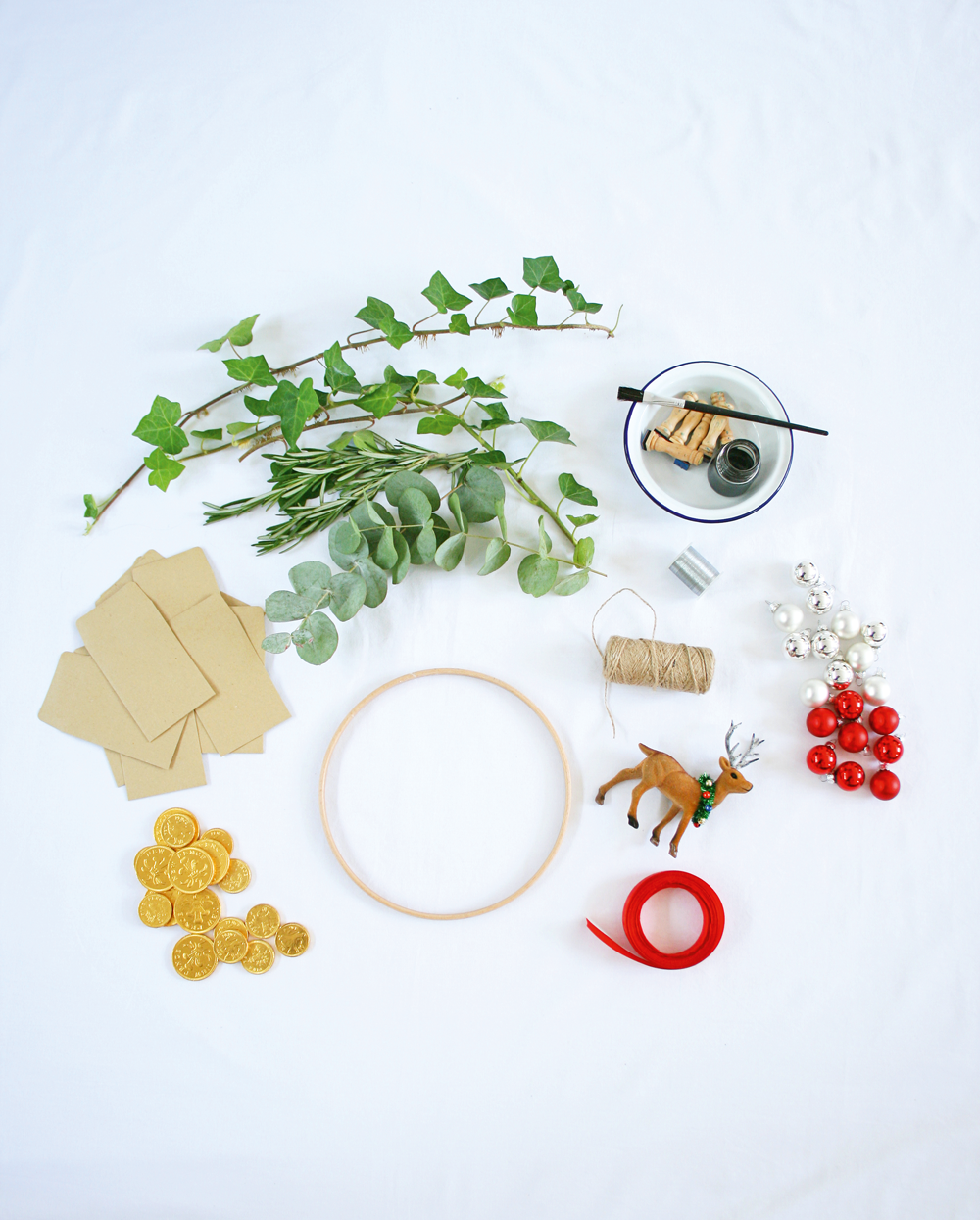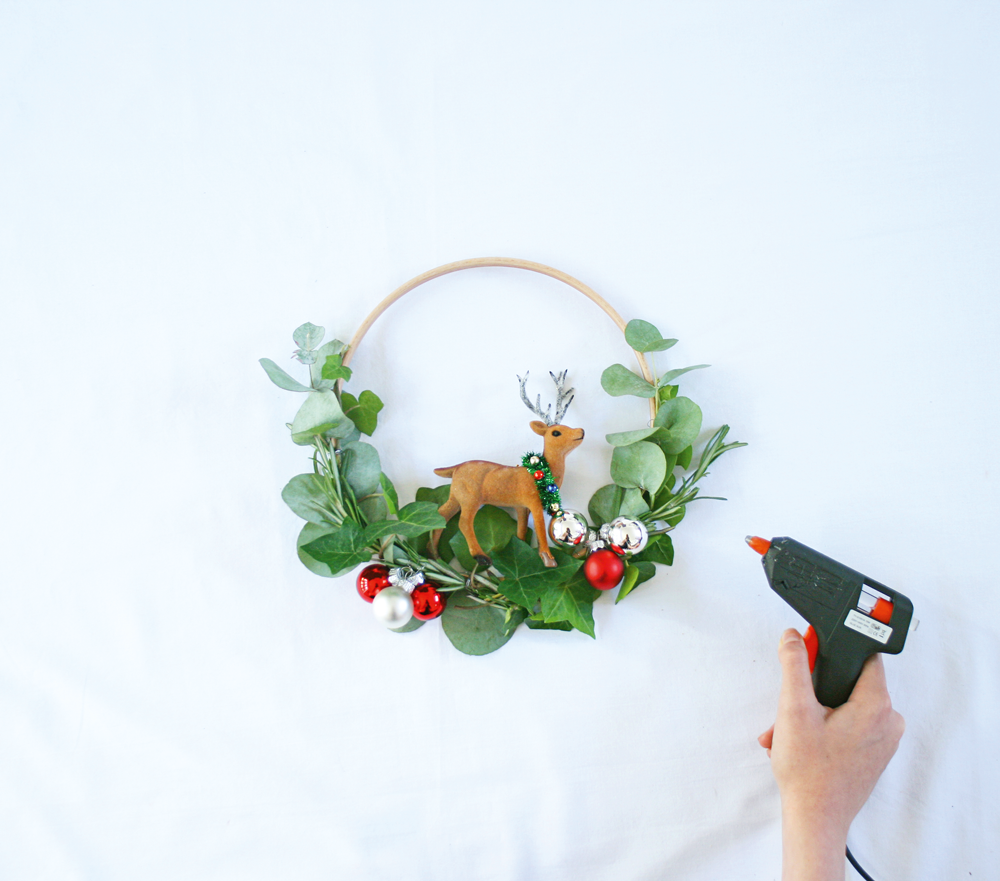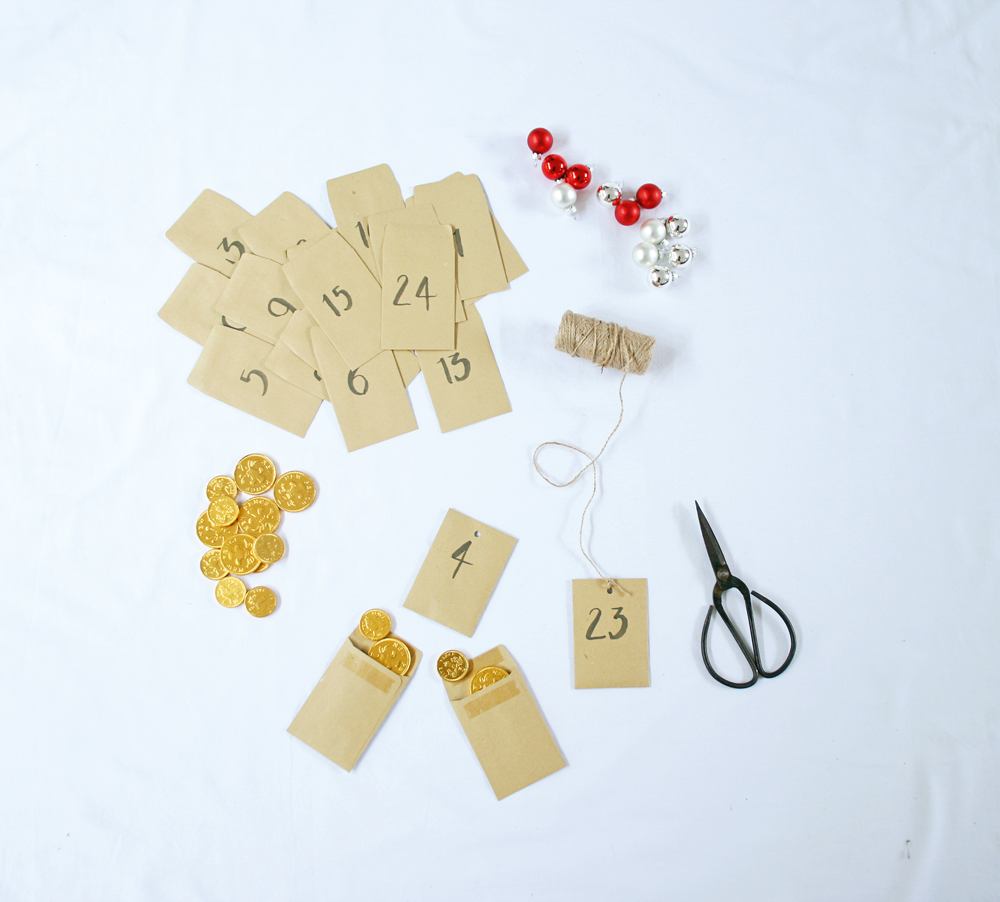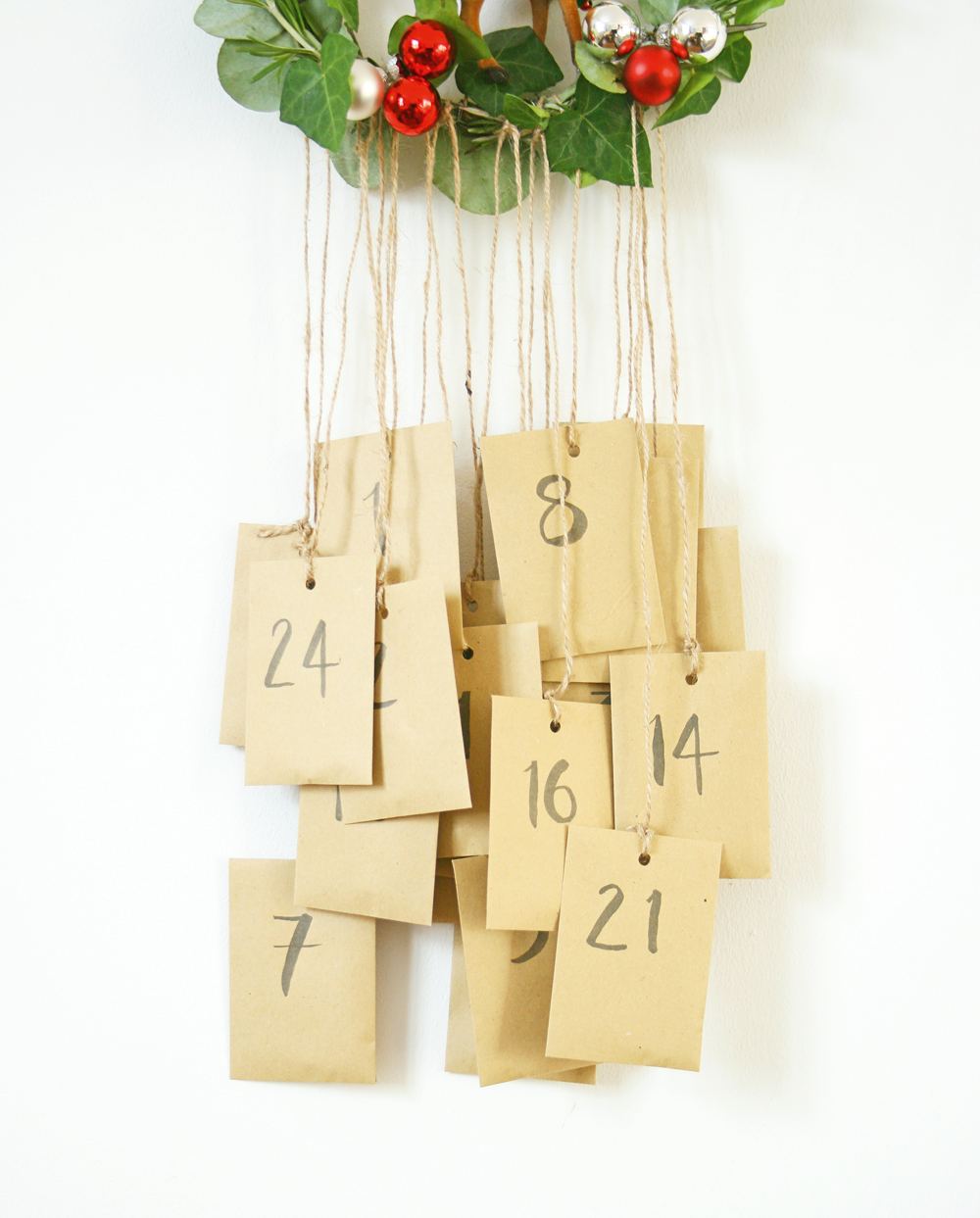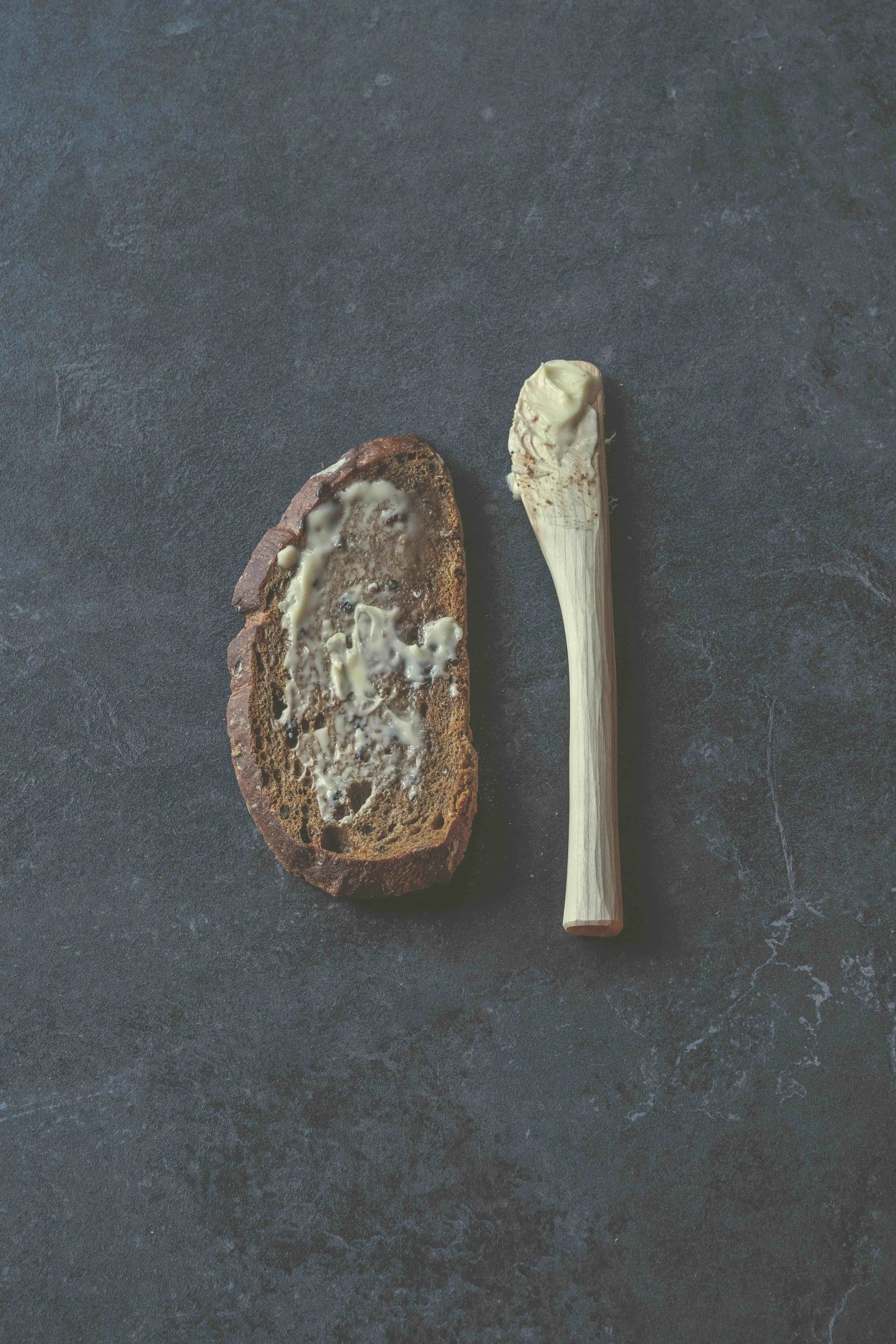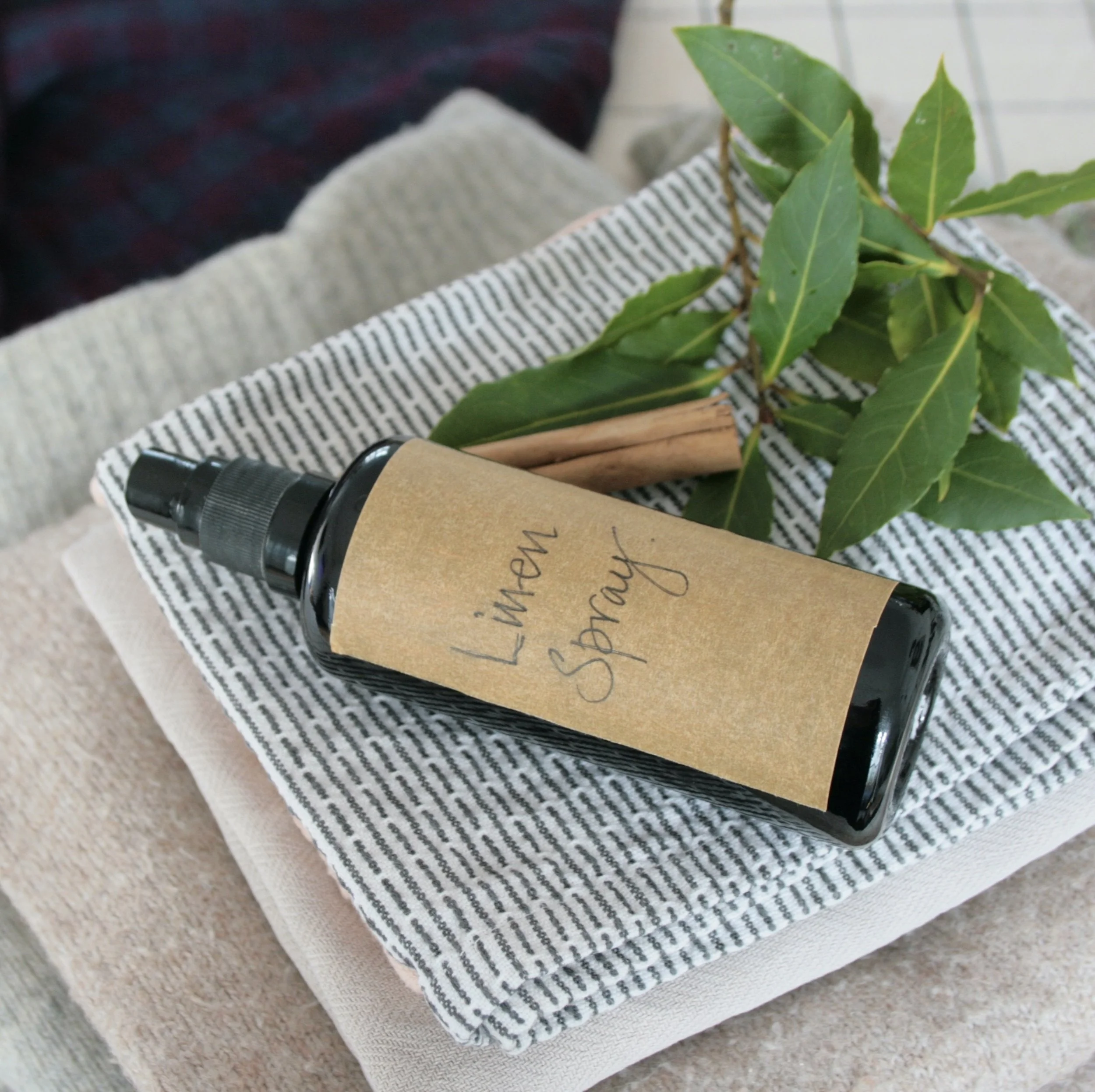Have a go at this simple but sturdy hammock project. You should be able to make it in half a day, leaving you plenty of the bank holiday weekend left to lie in it lazily!
Lazing in a hammock is hard to beat: especially in a shady spot on a warm summer’s day, ideally with a book in one hand and a cool drink in the other. And if you’ve managed to make the hammock yourself – well, you can bask in satisfaction, as well as sunshine. This hammock is surprisingly easy to make, and is much sturdier than one of the knotted ones. We’ve added pompoms, too, because who doesn’t love a pompom? Put the labour in now and hopefully you’ll get the payoff in sunny days to come.
Outdoors canvas hammock
Made of weatherproof canvas, and as robust as it is comfortable
YOU WILL NEED
2m of 140cm-wide strong, canvas fabric
Pins
Sewing machine and thread
Tape measure
Pencil or fabric marker
Scissors
22 rivets, 23mm (1 in) in diameter, plus a rivet tool (which should come with the kit)
Mallet or hammer
66m of natural rope (ensure this is good quality and load bearing), plus extra rope for hanging
2 metal hoops or carabiners strong enough to handle appropriate weight
FOR THE POMPOMS
Wool to match the canvas fabric (this uses black and white)
Pompom maker
1 Fold a 4cm hem at each end of the fabric. Pin in place and sew.
2 Mark out where the rivets will go on the seam. This uses 11 at each end, spaced about 11cm apart. Using scissors, make small holes on the marked points. Following the instructions on the
packet, attach the rivets using the rivet tool and the mallet. Placing a wood offcut underneath the canvas will help to protect the work surface.
3 Cut the rope into 22 x 3m lengths. Fold each rope in half and thread it through each rivet using a cow hitch knot
to fasten. To form a cow hitch knot, insert the folded end of the rope through the hole and then pull it through to form a loop. Push the two rope ends through the loop and pull to tighten the knot (there are plenty of YouTube videos around if you get stuck with this bit).
4 Once all the 3m lengths are attached through the rivets, gather all the rope at one end and tie it into one large knot. Repeat for the other end. This might need adjusting once it is attached to the hanging space.
5 Pompoms: wind the wool around the pompom maker and, once full, cut the wool. Place some string or a length of wool around the cut wool, then pull it tight
and tie a knot to keep it in place. Cut this piece of wool, leaving ample length for hanging. This hammock uses two white and two black pompoms.
6 Attach the lengths of wool left on the pompoms to one end of the hammock (or attach two on each end).
7 To hang the hammock, attach the ropes on each end to a metal loop or carabiner with a double knot (make sure the knot is
very tight so that the hammock is secure). Attach extra rope to the other side of both carabiners and then tie that rope around a tree or somewhere else sturdy enough to take the weight.
Taken from Sunshine Spaces: Naturally Beautiful Projects to Make for Your Home and Outdoor Space by Beci Orpin (Hardie Grant).









